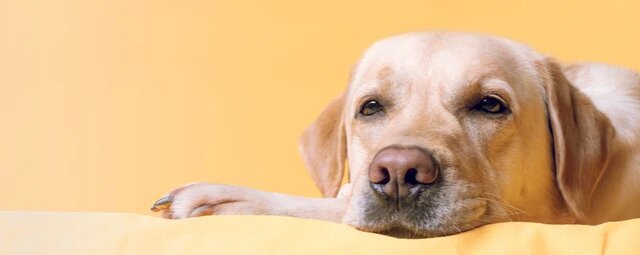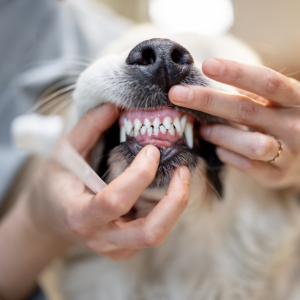Why Does My Pet Need an Anesthetized Dental Procedure?

In our last blog, you learned about the comprehensive oral health assessment and treatment(COHAT) we use to evaluate and treat your pet’s teeth and gums. Today’s article will educate about the “what next” step in how we approach dentistry for your pet at Neuse River Veterinary Hospital.

After we evaluate your pet’s teeth and gums with a visual exam, probing, and, most importantly, dental radiographs, our next step is to address any issues we may have found, which often requires extracting some teeth and cleaning others. Think in human terms for dental cleaning with this procedure. The primary difference is your dentist can instruct you to keep your mouth open and head title a certain way. Your dental team can thoroughly clean your teeth, and your dentist can examine the health of each tooth. And, likely, you aren’t going to bite your providers or aggressively try to escape!
The anesthetized COHAT allows us to clean, treat, extract and/or repair your pet’s teeth safely and effectively. The X-rays we take allow us to evaluate the health of the pet’s teeth, jaw, and gums. You may not know this, but most diseases occur below the gumline in pets. The anesthetized procedure allows us to thoroughly clean and make further evaluations impossible when your pet is active. The cleaning process, or “scaling”, allows us to remove plaque and tartar and polish the teeth for good oral health.
With this form of sedation, your medical team can perform dental procedures with less stress and pain for your pet. Our governing body, the American Veterinary Medical Association (AVMA), does not recommend anesthesia-free dental cleaning because it doesn’t allow for proper inspection below the gumline and can be a source of injury to the pet and medical team during the procedure.
Some pet parents have asked about the safety of anesthesia during this procedure. While there are always minor risks associated with sedation, our anesthetic protocols are very safe and continue to improve with low side effects. Almost all pets return home on the same day of the procedure.
Your pet’s COHAT, anesthetized dental cleaning, and preventive care are essential pieces of your pet’s overall healthcare. Our medical team is continuously trained on important techniques, medications, and products to ensure the best outcome for your four-legged friend.
Dr. Karina Ballester, DVM MPH